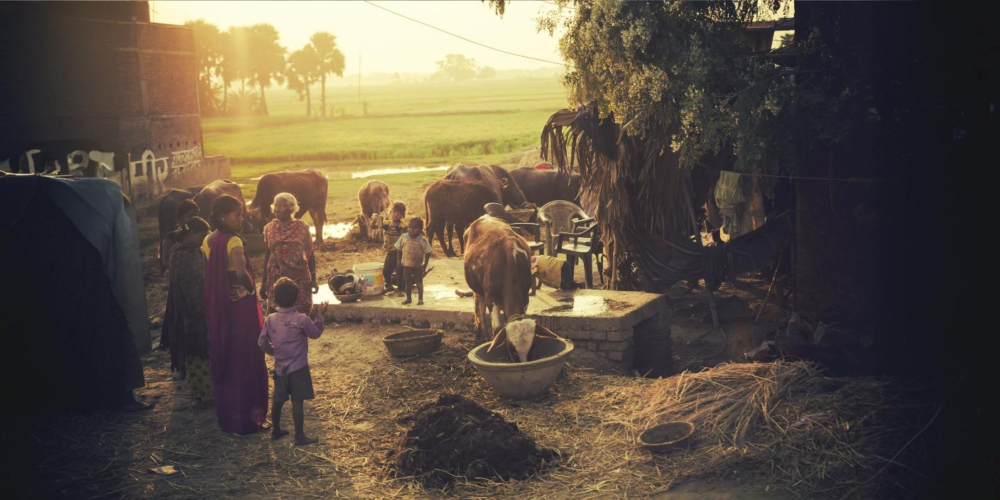How chest pain units near bridges and highways are saving lives in Karachi
The South Asian region, including Pakistan, carries the highest burden of coronary artery disease, with alarming rates of heart attacks occurring even among individuals in their 40s and younger.
Author
Author
- admin / 1 year

- 0
- 4 min read

Author
Pakistan’s largest city, Karachi, has established stand-alone chest pain units (CPUs), strategically located near bridges and highways, that are saving lives, according to a report in The Lancet.
The units extend beyond hospital confines, integrating into densely populated areas- financial districts, and crowded slums. They provide people experiencing acute chest pain access to timely diagnosis and treatment, even in areas with challenging road access.
“This pioneering approach breaks away from convention and does not currently exist anywhere else globally,” the Lancet says.
The initiative aims to expedite the evaluation and referral of heart attack patients to the National Institute of Cardiovascular Diseases (NICVD) in Karachi.
From the program’s initiation in 2017 to 2023, a cumulative total of 915,564 patients received care at 18 such chest pain units. Of the patients assessed at the units, 692,444 (75.6%) were categorized as non-cardiac and subsequently discharged. A total of 223,120 patients (24.4% of all patients evaluated at the units) were directed for additional care.
The patients were overwhelmingly males, about 61.6%, with 352,872 (38.5%) patients falling below the age of 40.
The Lancet says NICVD’s innovative implementation of stand-alone Chest Pain Units represents a paradigmatic shift in cardiovascular care within a densely populated setting.
“Perhaps even more impactful is the potential of this model to serve as a blueprint for densely populated LMICs (Lower and Middle Income Countries) and healthcare systems globally. The units’ effectiveness, portability, and strategic placement in high-density areas demonstrate an adaptable approach that can be tailored to unique contexts. The success of this initiative underscores the power of innovation in addressing complex healthcare challenges,” the report says.
About 75% of deaths from cardiovascular diseases from across the globe occur in low and middle income countries, according to the World Health Organization (WHO), because people in these countries “often do not have the benefit of primary health care programmes for early detection and treatment of people with risk factors for CVDs.”
“People in low- and middle-income countries who suffer from CVDs and other noncommunicable diseases have less access to effective and equitable health care services which respond to their needs. As a result, for many people in these countries detection is often late in the course of the disease and people die at a younger age from CVDs and other noncommunicable diseases, often in their most productive years,” according to the WHO.
Such chest pain units could help address those gaps, and offer better access to healthcare for many.
The South Asian region, including Pakistan, carries the highest burden of coronary artery disease, with alarming rates of heart attacks occurring even among individuals in their 40s and younger. According to the 2019 Global burden of disease study, incidence of cardiovascular disease (CVD) in Pakistan was 918 per 100,000 as against the global rate of 684 per 100,000.
“The Karachi initiative, as a potential blueprint, offers transformative possibilities for AMI care worldwide, ensuring equitable access and improved outcomes. Rooted in strategic placement, expedited triage, and timely management, it stands poised to meet the distinctive healthcare challenges of South and East Asian nations, heralding a transformative era in AMI care,” the report says.
“The global impact of the Karachi chest pain unit model reverberates across healthcare landscapes. Unlike conventional rapid access centers that optimize existing structures, the stand-alone units represent a paradigm shift. Their immediate ECG access and streamlined referrals address the unique challenges faced by densely populated LMICs,” the report adds.









